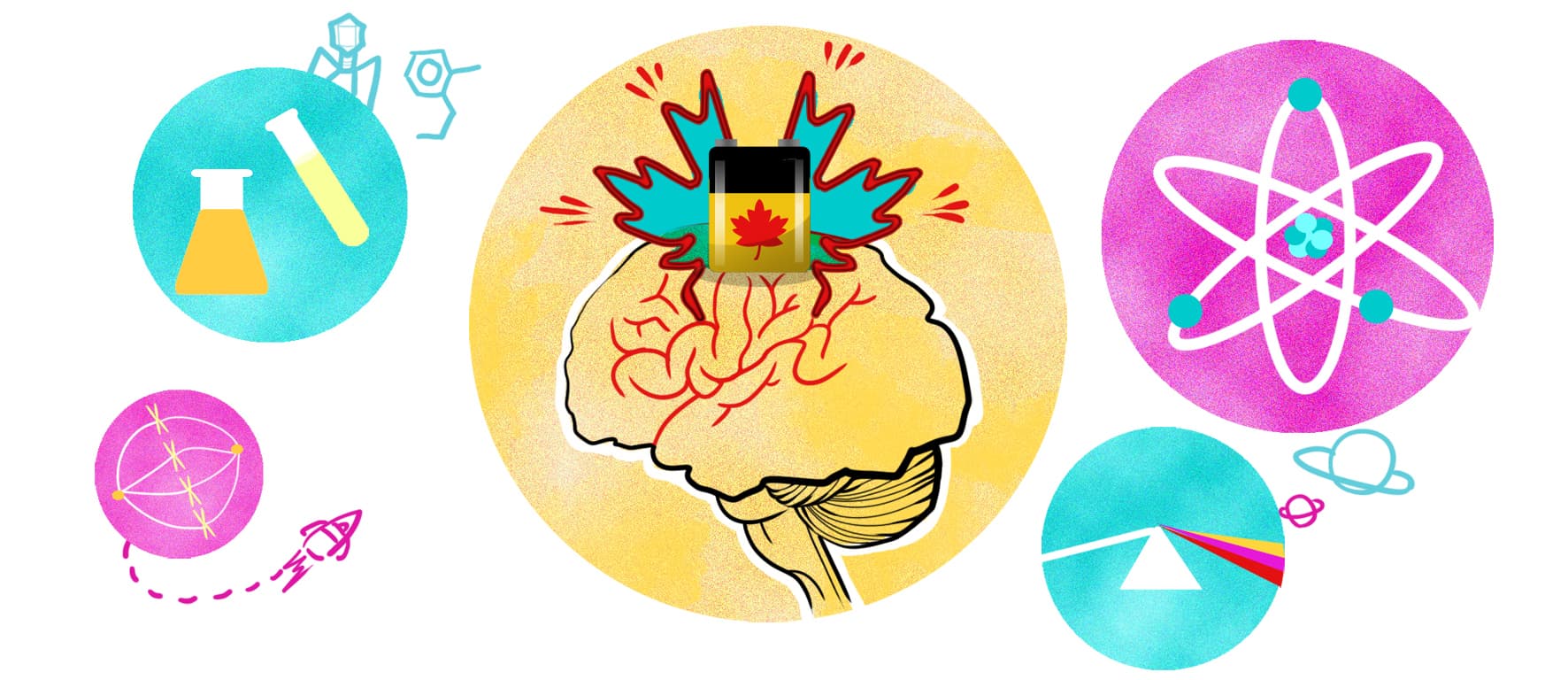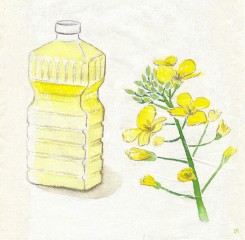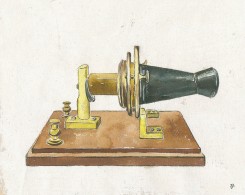In anticipation of Canada Day, The Varsity’s Science writers selected neat Canadian inventions and writers. This article is part one of two, so check back on Thursday for more.
Sidney Altman
Sidney Altman was born to a working class immigrant family in Montreal’s west side in 1939. With the financial support of his parents, he was able to pursue a B.Sc. in physics at MIT. Although Altman began advanced studies at Columbia University, he was unhappy as a graduate student there and left after 18 months. He briefly explored careers such as editing for a publishing company, novel translation, and science writing, before deciding to instead change his research field to molecular biology. He finished a PhD in biophysics from the University of Colorado-Boulder and eventually found himself in the lab of Francis Crick (co-discoverer of DNA) at the University of Cambridge. It was here that he began the work that led to his fundamental discovery of the catalytic properties of RNA. In 1989, along with American Thomas Cech, he was awarded the Nobel Prize in Chemistry. —Sri R. Chaudhuri
Canola Oil
Canola oil was invented and developed in the 1970s by two Canadian agricultural scientists, Keith Downey and Baldur Stefansson. Downey worked at Agriculture Canada, and Stefansson worked with the University of Manitoba. The pair of researchers started with the rapeseed plant, the oil of which contains sharp-tasting components called glucosinolates. Through selective breeding, they produced a plant with much lower glucosinolate content. This modification led to much smoother-tasting oil. The plant was eventually named “canola” which is a word-marriage of “Canada” and “ola” which means oil. The chief use of the canola seed is the oil, but canola meal also finds use as cattle feed, and canola has recently been used as a biofuel feedstock. Canola is grown all over the prairies, and it contributes over $15 billion a year to Canada’s economy. The innovation of Downey and Stefansson made what was bitter better, and Canada is richer and more delicious as a result. —Trevor Janes
Best and Banting
Canada has a long history of success in medicine, but some of the greatest scientists are actually U of T-associated. Charles Best and Frederick Banting are widely known for their discovery of insulin. Their discovery changed the face of diabetes treatment forever. The insulin hormone lowered blood sugar, creating a treatment for a feared disease. Banting and Best’s discovery also won them their subsequent Nobel Prize in Medicine. Today, millions of people benefit from this miraculous discovery. Although insulin does not exactly cure diabetes, it is a famous Canadian invention that is crucial in the fight against the disease. —Andrew E. Johnson
The Telephone
Communication has progressed significantly over the past few centuries, but the telephone, despite its age, remains a crucial part of the communication landscape. It was Alexander Graham Bell, a Scottish immigrant to Canada, who invented the telephone. His story is similar to that of many people who have flocked to Canada to find a better life, as the country provides its people with bountiful opportunities to thrive and succeed. When Bell first patented the idea in 1876, his invention consisted of a microphone and electromagnet. Since then, Bell’s invention has become well known across the globe. —AEJ
Julie Payette
Julie Payette is a Canadian that is literally out of this world. At the age of 49, she is one of Canada’s most celebrated astronauts, holding the title of Chief Astronaut in the Canadian Space Agency (CSA). As an engineer, she first studied at McGill University in Montreal, moving on to earn a MSc in computer engineering from U of T. Having spent more than 25 days in space on multiple flights, Payette is practically a fixture of the International Space Station, working with the robotics of the famous Canadarm. Julie has been awarded the Order of Canada, carried the Olympic flag in 2010, and has a school named after her to show Canada’s gratitude for her hard work in space. —AEJ




